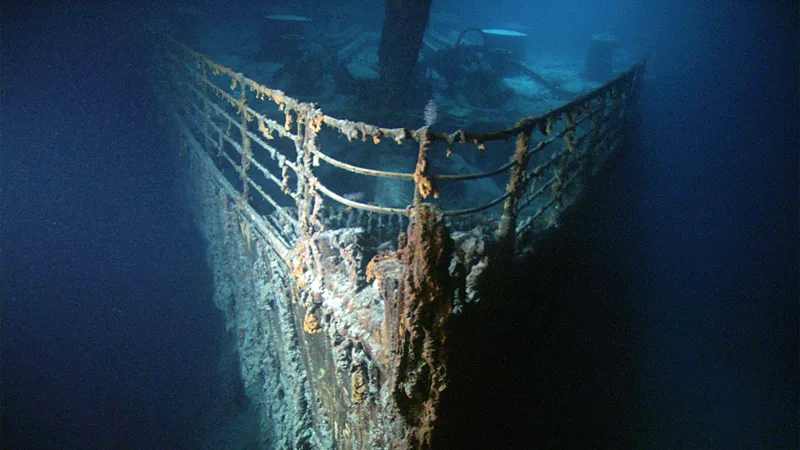More than 112 years have passed while the RMS Titanic was submerged in the utter darkness of the deep ocean. The 883-foot (269-meter) ship broke apart when it sank on a chilly, moonless night in April 1912, sending a deluge of debris crashing down about 12,500 feet (3.8 kilometers) to the silty ocean below. Over 1,500 passengers and staff members perished on board the ship.
With the exception of sporadic visits by deep-sea submersibles and recovery efforts that bring minor artifacts to the surface, the debris has decayed slowly and steadily without any disturbance.
Images captured during a recent mission to the Titanic wreck, which is situated roughly 400 miles (640 km) southeast of the coast of Newfoundland, have shown the effects of this degradation. Since the wreck was discovered in 1985, pictures of the Titanic’s bow—complete with its characteristic railings—looming out of the shadows have become iconic. However, scans of the wreck in 2022 revealed that the railing was beginning to give way, and on the most recent visit in 2024, a sizable portion had already collapsed. Learn more about the pictures taken on the most recent journey in it.
What will happen when the Titanic wreck decomposes into a rusty smear?
Miles below the surface, on the sea bottom, is where the wreck of the Titanic is clearly exhibiting signs of degradation. What will happen to it in the end?

Leave a comment
Leave a comment






